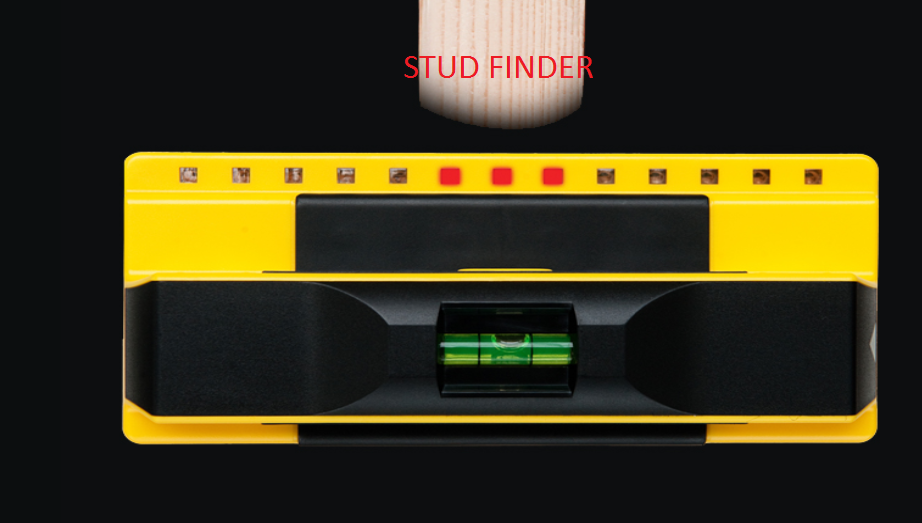Stud Finder For Woodworkers
 A Stud Finder is a handheld tool used for woodworking projects to locate studs hidden behind the drywall, typically drywall backing boards. Although there are several stud finder tools on the market, most fall into three main categories; magnetic stud finders, electric or hydraulic stud finders and hand crank models. Each has its own advantages and disadvantages. For that reason, click at https://franklinsensors.com/ to find the best stud finder.
A Stud Finder is a handheld tool used for woodworking projects to locate studs hidden behind the drywall, typically drywall backing boards. Although there are several stud finder tools on the market, most fall into three main categories; magnetic stud finders, electric or hydraulic stud finders and hand crank models. Each has its own advantages and disadvantages. For that reason, click at https://franklinsensors.com/ to find the best stud finder.
Magnetic stud finders are best suited for smaller projects that require quick, accurate measurements of wall studs. The Stud Finder uses magnetic fields to "look" underneath the drywall, or any other flat surface for that matter, in order to locate studs. When the magnetic field of the Stud Finder is passed over the wall, it creates an invisible magnetic field that can pinpoint where studs are hiding. A good magnetic stud finder can also tell you if a stud is installed flush with the wall surface or sunken below the surface.
Electrical stud locators are usually operated with electricity, although they can be operated with a portable battery. The electrical stud locator works by measuring the resistance to electric current at the stud, which is determined by the stud's profile. Once the resistance to electricity is known, you can measure the distance from the wall to the stud, and the distance from that wall to the hole you have drilled into the drywall for the stud.
Hydraulic stud finders operate with a similar principle, but the stud locator is set up differently. Instead of measuring resistance to electricity, the hydraulic stud finder measures vertical and horizontal resistance to water pressure. This method of locating studs is more accurate than the magnetic stud finder, as it can be set to use the stud depth for reference, and to use the wall profile for actual measurements. Hand crank stud locators work exactly the same way as a Stud Finder, except they use a hand crank mechanism for turning the screw counterclockwise to access the hidden stud. They are often the least expensive option, though some models also come with a remote control.
If you need to repair damaged drywall, you may not be able to install new drywall or studs unless you know exactly where the damaged wall stud is. In this case you may need to use a stud finding tool to find the damaged wall stud and make repairs. In addition, a Stud Finder is ideal if you have a ceiling, floor or room that you need to work with that doesn't have drywall backing board, or a wall-mounted drywall unit. If you are replacing drywall, you can use the Stud Finder to locate the stud to the damaged area, and make repairs, or just to measure the depth of the damaged area. For more detailed information about stud finders, visit Franklinsensors.com.
The Stud Finder provides an inexpensive, quick and accurate method of locating the hidden studs in any woodworking project, especially if you don't want to spend a lot of time and money trying to determine the exact location of the studs in an existing ceiling, floor, or wall. Whether you are installing new drywall, repairing an existing ceiling, or replacing damaged drywall backing boards, the Stud Finder is perfect for all your stud and ceiling problems. With a Stud Finder, you can easily find out if a stud is installed flush with the wall surface or sunken beneath the surface. You can even use it to install shelving, such as in closets or on walls, without having to replace the existing shelving, and you can also measure the thickness of the backing board or plywood, which helps prevent over-sanding or sagging. In addition, the Stud Finder provides a fast and simple way to install moldings, paneling, trim, ceiling fans, blinds and much more. Check it out here for more information about stud finders: https://en.wikipedia.org/wiki/Stud_finder.
